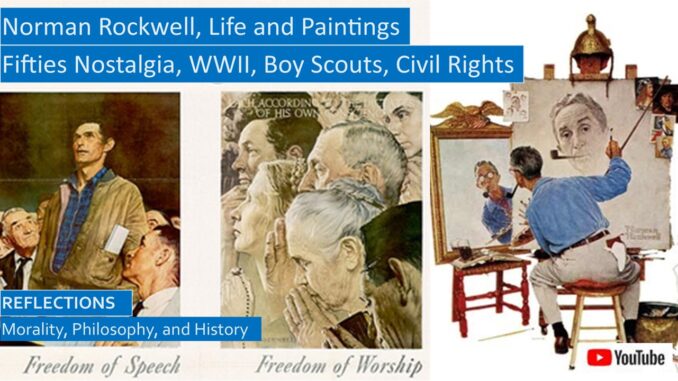
Norman Rockwell produced over four thousand paintings, all with painstaking detail, during his long career, many of them featured on the covers of the leading magazines of his day.
How did Norman Rockwell’s paintings reflect and influence American culture?
Was Norman Rockwell truly an artist, or was he merely an illustrator?
YouTube video for this blog: https://youtu.be/Zw-UPklqJGY
You can also view the paintings at: https://www.slideshare.net/slideshow/norman-rockwell-biography-and-paintings/270426491
NORMAN ROCKWELL’S YOUTH
Norman Rockwell was born in 1894, his family had deep roots in America, his earliest American ancestor was John Rockwell, who immigrated to America from England around 1635. He transferred from high school to art school when he was fourteen. Rockwell was hired as a staff artist for Boy’s Life, the Boy Scouts publication, becoming its art editor at the young age of nineteen, a position he held for three years.
Norman married his first wife Irene when he was young, they divorced after fourteen years. He was married to his second wife Mary for twenty-nine years until she died from a heart attack. After a few years, he married Mollie, who survived him. During part of his life he lived in a small town, which inspired several paintings.

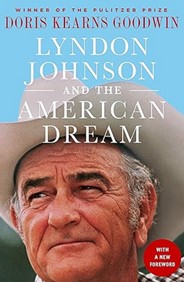
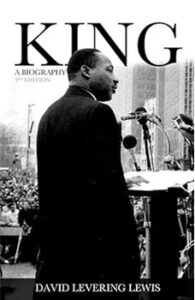
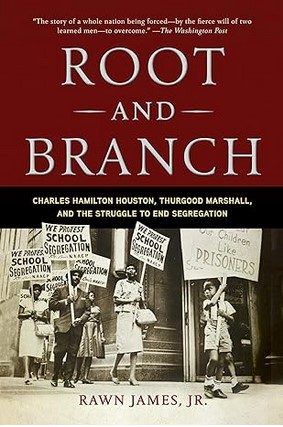
After his position with the Boy Scouts, Rockwell began painting covers for The Saturday Evening Post, publishing over three hundred covers for them during his career. Often Boy Scouts were included in some Post Covers, and he resumed painting for Boy’s Life in 1926. He also painted covers for other magazines, portraits of world leaders and celebrities, and also illustrated about forty books, catalogs, movie posters, murals, playing cards, and murals. He painted over four thousand original works during his long career, several have been displayed in the White House. Despite his prolific output, he was a perfectionist, and often employed live models to pose for his paintings. Though his paintings are realistic, they display more color, emotion, and composition than would ever be possible with a photograph.
Was Norman Rockwell a serious artist, or was he an illustrator? Early in his career other artists derided him as an illustrator, which did not offend him in the least, as he considered himself an illustrator. Unlike a true artist, he had no need for patrons.[1] In his self-portrait, we see Normal Rockwell painting himself, with self-portraits by famous painters pinned to his easel, including Rembrandt, Vincent van Gogh, and Picasso.[2]
One favorite 1918 Saturday Evening Post cover was Rockwell’s Children Dancing at a Party, where a girl is holding her foot after her clumsy date stepped on it,[3] and the first painting for the many Boy Scout calendars he illustrated.
A pair of 1919 Norman Rockwell paintings show a city boy with fancy fishing gear flanked by two country boys with cane poles, but at the end of the fishing trip, the boys with the simpler gear catch all the fish.
Norman Rockwell’s 1917 composition, the US Army Teaches a Trade to a GI telegrapher, was a World War I illustration.
NORMAN ROCKWELL’S WORLD WAR II PAINTINGS
While the United States geared up for World War II, Rockwell painted the famous Willie Gillis series of covers and portraits, likely ending with the postwar picture of Willie attending college under the GI Bill.[4]
To encourage women to work in wartime manufacturing plants, in 1943 Normal Rockwell painted a cover featuring Rosie the Riveter. She is pictured trampling on a copy of Hitler’s Mein Kampf. Over six million women were employed in wartime factories as many men served in the military forces. Although many women were encouraged to leave these jobs after the war, this contributed to the movement for equal rights and opportunities for women.[5]
We, Too, Have a Job to Do, was a Boy Scout slogan during the war to encourage them to collect metal for the war effort and plant victory gardens.[6] Compare this to the later Rockwell painting, Growth of a Leader, for the 1966 Boy Scout calendar. This depicts each stage of a Boy Scout career, first as a Cub Scout, then as a Boy Scout then Explorer, and finally as an adult Scoutmaster.[7]
FDR, in his 1941 State of the Union Address to Congress and the nation, championed the Four Freedoms: Freedom of Speech, Freedom of Worship, Freedom from Want, and Freedom from Fear. These themes were incorporated into the wartime Atlantic Charter, and later in the Charter of the United Nations. The last two freedoms were incorporated into the goals of the New Deal, and later the Civil Rights Movement of the Sixties. Norman Rockwell included these in four paintings featured in Saturday Evening Post covers, and are some of his most reprinted posters.[8]
NORMAN ROCKWELLS POST-WAR PAINTINGS
Two beloved paintings were Saying Grace, where a woman and a small boy prayed before their meal in a busy restaurant, which sold for a record 46 million dollars in 2013,[9] and Walking To Church.[10]
The Little Girl Observing Lovers on a Train, on a very crowded train, was painted near the end of the war, and we can see the boy’s Air Force Jacket hanging above the couple.[11]
In one of his most poignant and beloved paintings, Breaking Home Ties, a boy is leaving home for the first time to catch the train to college, since he has a “Statue U” banner on his trunk. Although both father and son are looking away, their legs are touching, showing their closeness, as his faithful dog has a mournful look.[12]
Baseball was another favorite topic for Norman Rockwell. In this painting of a Rookie showing up for spring training, Rockwell included portraits of Ted Williams and four other Boston Red Sox team members. This painting sold for over 22 million dollars in 2014.[13]
In his 1948 painting A Tough Call, the umpires are pondering whether to call the game, feeling the raindrops in the sixth inning as the Pittsburgh Pirates lead the Brooklyn Dodgers by a score of 1-0.[14]
Dr Wikipedia states that Rockwell’s painting The Marriage License contrasts “the drab existence of ordinary life with the excitedly of young love.” The old clerk, the cats at his feet, his spittoon, illuminated by the setting sun, all show the ordinariness of that day.[15]
In his Working on the Statue of Liberty 1946 painting, Norman Rockwell depicts the annual cleaning of the amber-colored glass of the torch. Rockwell included an African American worker in a red shirt, which broke the Saturday Evening Post policy of only showing blacks in subservient roles. The painting’s owner, Steven Spielberg, donated it to the permanent collection of the White House, though it was later removed by President Trump.[16]
NORMAN ROCKWELL’S CIVIL RIGHTS PAINTINGS
During the school desegregation controversy, US Marshalls escorted young Ruby Bridges to elementary school in New Orleans, Louisiana in 1960, four years after the Supreme Court Brown decision. Normal Rockwell painted this scene from the perspective of the white protesters, we see the tomatoes they threw and the words NIGGER and KKK on the wall she is walking past. This painting was later displayed in the White House during Barack Obama’s Presidency.[17]
In Normal Rockwell’s 1967 painting, New Kids In the Neighborhood, we surmise the kids will soon be playing, as both a black and white boy are holding baseball gloves, but we are not sure what the adult peering at them from the window will say.[18]
Norman Rockwell’s 1965 painting, Murder in Mississippi, depicted the murder of three young activists who were registering black voters in the Deep South. Three young activists, two white, one black, traveled to the town of Longwood to talk to a congregation about setting up a Freedom School to assist with voter registration. When they did not call in at the agreed-upon time that afternoon, they were reported missing.
Their smoldering car was found and reported to the FBI. Local law enforcement said they knew nothing. This became a national story, LBJ ordered four hundred Navy divers to search the canals of Mississippi for their bodies. LBJ was likely not surprised when the divers were unable to find the bodies of the three missing boys, but they did find the bodies of six other Mississippi blacks who were likely victims of other lynchings. Perhaps some locals were worried that other bodies of lynched blacks would be discovered, so they gave the FBI a helpful tip.
The lynch mob who murdered the youngsters included the local sheriff and other members of the local Ku Klux Klan chapter. Only the black kid was beaten, but all three were shot and buried in an earthen dam by a backhoe. Autopsies indicated that one of the kids had dirt in his lungs, which meant he had been buried alive.[19]
Rockwell first painted an oil sketch with the murderous sheriffs pointing their guns at the young activists, whereas a color oil painting shows only the victims with the shadows of their murderers.[20]
These events in Civil Rights history have been discussed in other reflections, in particular the Yale Lecture Notes on Civil Rights, our series of videos on Martin Luther King, the legal struggle by the NAACP attorney and future Supreme Court Justice, Thurgood Marshall, and two videos by Doris Kearns Goodwin on the Presidency of Lyndon Johnson.
American Civil Rights History: Yale Lecture Notes
http://www.seekingvirtueandwisdom.com/american-civil-rights-history-yale-lecture-notes/
Civil Rights Era, Sixties and Beyond: Yale Lecture Notes
https://youtu.be/GQesHoV5IdI
Martin Luther King & LBJ: Great Society, Vietnam, Chicago & Memphis, Lewis Biography Chapters 10-12
https://seekingvirtueandwisdom.com/martin-luther-king-lbj-great-society-and-vietnam-northern-civil-rights-biography-chapters-10-12/
https://youtu.be/IeKssG8mrlk
Martin Luther King, Summary of Biography by David Levering Lewis
https://seekingvirtueandwisdom.com/martin-luther-king-summary-of-biography-by-david-levering-lewis/
https://youtu.be/XtdVGx2C3Cc
NAACP Attorneys Thurgood Marshall and Charles Houston Challenge Jim Crow in the Courts
https://seekingvirtueandwisdom.com/naacp-attorneys-thurgood-marshall-and-charles-houston-challenge-jim-crow-in-the-courts/
https://youtu.be/fBSNQXDziDU
Presidency of Lyndon Baines Johnson, Civil Rights, Great Society, and Vietnam War
https://seekingvirtueandwisdom.com/presidency-of-lyndon-baines-johnson-civil-rights-great-society-and-vietnam-war/
https://youtu.be/lydW8mfpJGQ
Lyndon Johnson, Enacting the Great Society and Vietnam, Review of an Unfinished Love Story
https://seekingvirtueandwisdom.com/lyndon-johnson-enacting-the-great-society-and-vietnam-review-of-an-unfinished-love-story/
https://youtu.be/MgVEipHdvfM
DISCUSSING THE SOURCES
My primary source is the Wikipedia articles on both Norman Rockwell and his paintings. You can also view and purchase many of his paintings from the Norman Rockwell Museum website. The museum is located between Albany, NY and Springfield, MA.[21] The Rockwell Museum also has a YouTube channel with lectures on many of Norman Rockwell’s paintings.[22] Google Arts and Culture website has some interesting presentations from the museum.[23] In this reflection, we have shown only a small portion of the paintings depicted in these websites.
[1] https://en.wikipedia.org/wiki/Norman_Rockwell
[2] https://en.wikipedia.org/wiki/Triple_Self-Portrait
[3] https://en.wikipedia.org/wiki/Children_Dancing_at_a_Party
[4] https://en.wikipedia.org/wiki/Willie_Gillis
[5] https://en.wikipedia.org/wiki/Rosie_the_Riveter#Saturday_Evening_Post
[6] https://en.wikipedia.org/wiki/We,_Too,_Have_a_Job_to_Do
[7] https://en.wikipedia.org/wiki/Growth_of_a_Leader
[8] https://en.wikipedia.org/wiki/Four_Freedoms_(Rockwell)
[9] https://en.wikipedia.org/wiki/Saying_Grace_(Rockwell)
[10] https://en.wikipedia.org/wiki/Walking_to_Church
[11] https://en.wikipedia.org/wiki/Little_Girl_Observing_Lovers_on_a_Train
[12] https://en.wikipedia.org/wiki/Breaking_Home_Ties
[13] https://en.wikipedia.org/wiki/The_Rookie_(painting)
[14] https://en.wikipedia.org/wiki/Tough_Call
[15] https://en.wikipedia.org/wiki/Marriage_License
[16] https://en.wikipedia.org/wiki/Working_on_the_Statue_of_Liberty
[17] https://en.wikipedia.org/wiki/The_Problem_We_All_Live_With
[18] https://artsandculture.google.com/asset/new-kids-in-the-neighborhood-norman-rockwell-1894-1978/VgHfa_a2WaOAuA?hl=en
[19] https://en.wikipedia.org/wiki/Murders_of_Chaney,_Goodman,_and_Schwerner
[20] https://en.wikipedia.org/wiki/Murder_in_Mississippi_(painting)
[21] https://www.nrm.org/collections-2/art-norman-rockwell/
[22] https://www.youtube.com/@NormanRockwellMuseumMA
[23] https://artsandculture.google.com/partner/norman-rockwell-museum?hl=en


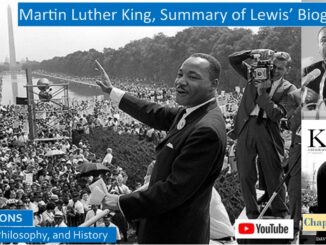
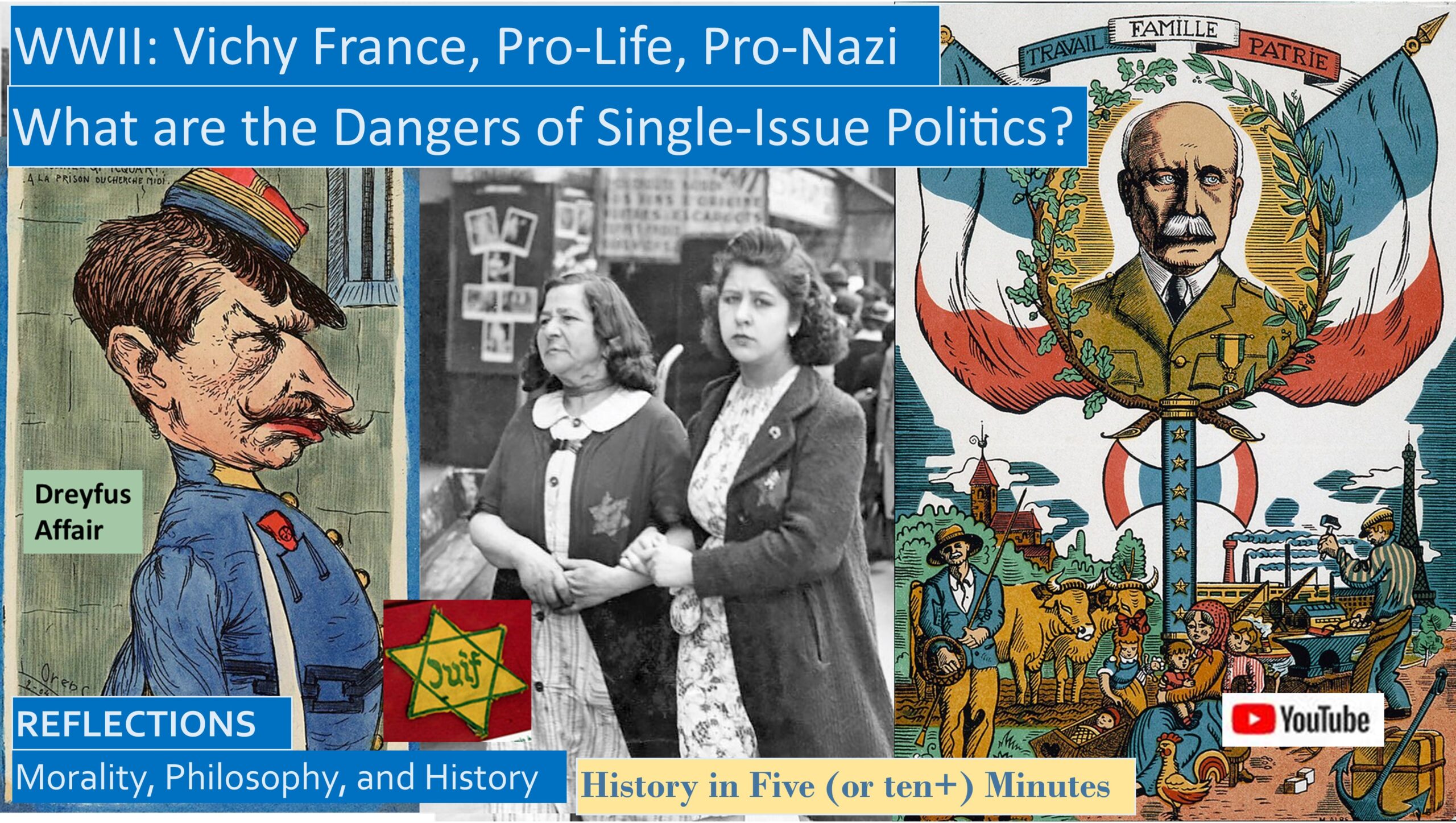
Be the first to comment